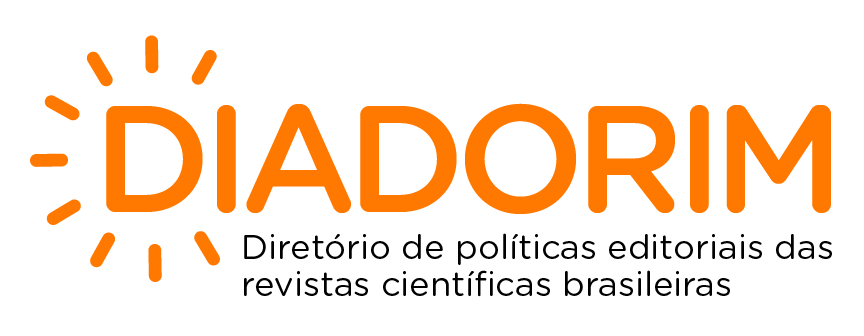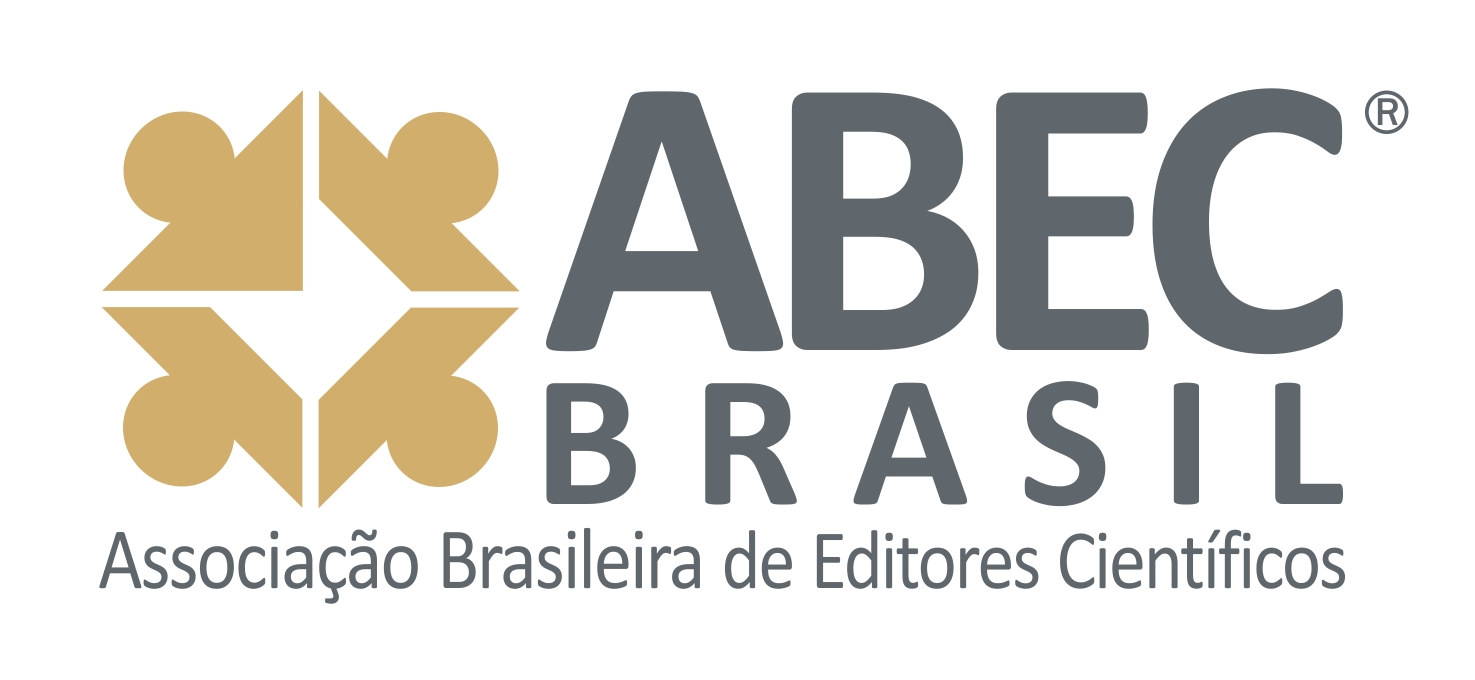Barry Lyndon: Aesthe/c, Technique and Direc/on in Stanley Kubrick's Work
Barry Lyndon: Aesthe/c, Technique and Direc/on in Stanley Kubrick's Work
DOI:
https://doi.org/10.51473/rcmos.v1i2.2025.1404Keywords:
Barry Lyndon; Stanley Kubrick; cinematography; art direc/on; historical realism; soundtrack.Abstract
This ar/cle examines the aesthe/c and technical construc/on of Stanley Kubrick’s Barry Lyndon (1975), focusing on cinematography, art direc/on, soundtrack, sound design, and film direc/on. It highlights how cinematographer John AlcoW transformed each frame into a composi/on reminiscent of 18th-century pain/ngs, par/cularly through Kubrick’s groundbreaking use of natural light and candlelight with the Zeiss 0.7F lens. The art direc/on, costumes, and sekngs, carefully inspired by pictorial references, reinforce the director’s pursuit of historical realism. The soundtrack, largely composed of Schubert’s pieces and military marches, adds emo/onal depth to the protagonist’s journey. Finally, the ar/cle discusses Kubrick’s rigorous method, both in me/culous research and in his approach to direc/ng actors and narra/ve structure, emphasizing how the film became a masterpiece defined by the synthesis of art, technique, and auteur vision.
Downloads
References
CIMENT, Michel. Conversas com Kubrick. São Paulo: Cosac Naif, 2014.
AUMONT, Jaques. A Estética do filme. São Paulo: Papirus, 1995.
STAM, Robert. Introdução a teoria do cinema.São Paulo: Papirus Editora, 2003.
Downloads
Published
Issue
Section
Categories
License
Copyright (c) 2025 Alexandra Castro Conceição (Autor)

This work is licensed under a Creative Commons Attribution 4.0 International License.












